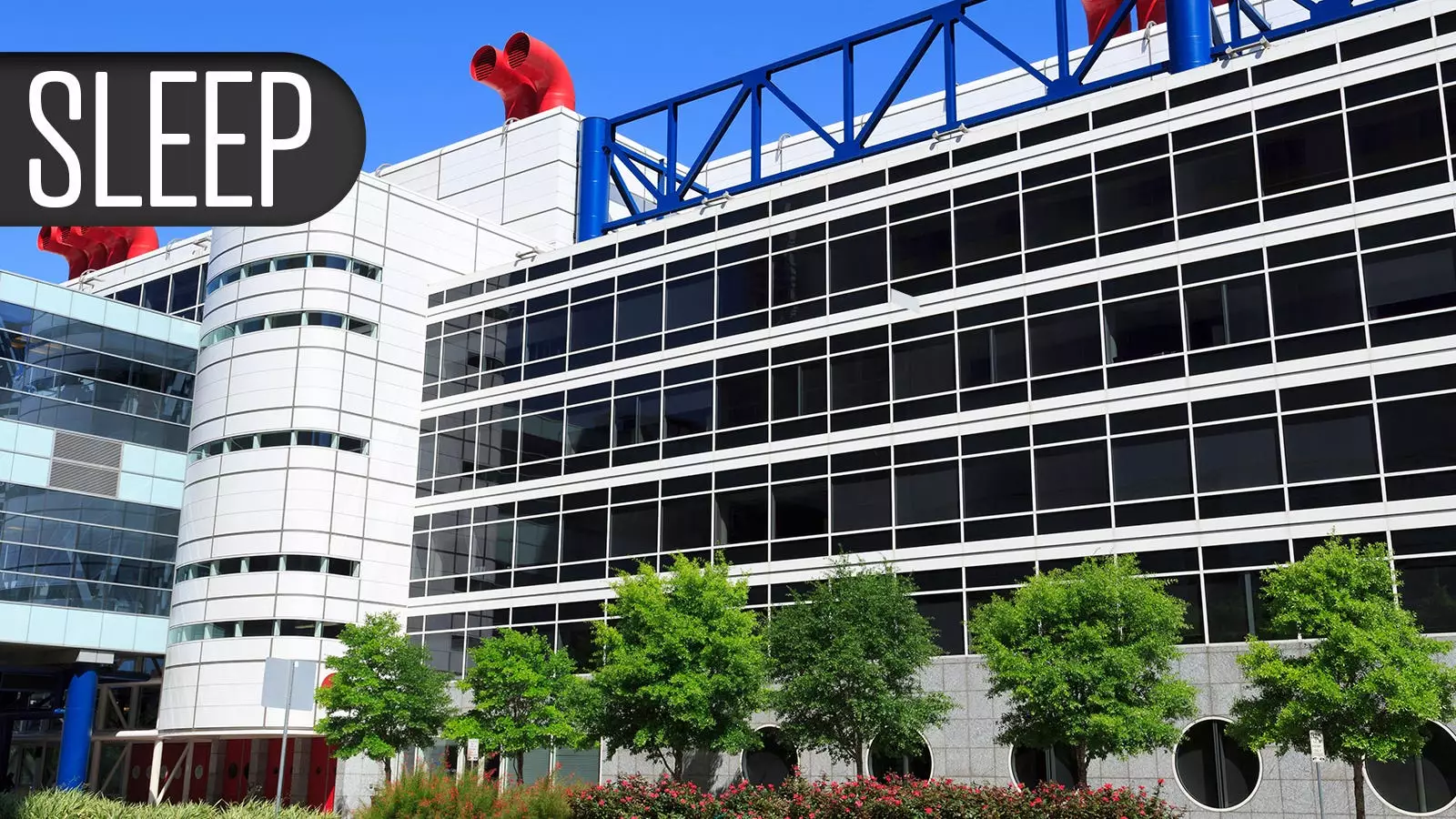The use of transvenous phrenic nerve stimulation (TPNS) has been found to greatly improve clinical outcomes for patients suffering from central sleep apnea and heart failure. A win ratio analysis conducted during the Remedē system pivotal trial showed a significant advantage for the treatment group compared to the control group, with a five-fold higher chance of better outcomes.
According to Robin Germany, MD, of the University of Oklahoma College of Medicine, the results of the analysis demonstrated that patients in the treatment group had a total of 1,141 (55.28%) winning pairwise comparisons, while the control group only had 222 (10.76%). The win ratio for outcomes such as death, heart failure hospitalization, and improvement in the Oxygen Desaturation Index was reported to be 5.14, with a statistically significant confidence interval (95% CI 2.34-11.27, P<0.0001).
Germany emphasized that these findings contribute to the growing body of evidence supporting the benefits of treating central sleep apnea. Despite the risks associated with the device, such as pocket erosion, hematoma, infection, and lead displacement, the benefits were deemed to outweigh the potential drawbacks.
Following the results of the pivotal trial, the FDA approved the Remedē device for moderate-to-severe central sleep apnea in 2017. Long-term data presented at the 2020 Heart Failure Society of America meeting further reinforced the safety and effectiveness of the device. This approval marked a significant milestone in the treatment of central sleep apnea, particularly in patients with heart failure.
Characteristics of Central Sleep Apnea
Central sleep apnea is distinguished by the interruption of signals between the brain’s respiratory control center and the body, resulting in a cessation of muscle activity and compromised breathing during sleep. While less prevalent in the general population, it is frequently observed in individuals with heart failure, affecting an estimated 40% of patients with congestive heart failure.
Implementation of Remedē Device
The Remedē device is an implantable device that stimulates the phrenic nerve to induce diaphragmatic contractions, which mimic normal breathing patterns. Positioned below the collarbone, the device consists of a transvenous stimulator lead that extends to the target nerve and automatically activates during sleep.
Notably, the device is implanted by a cardiologist under conscious sedation, setting it apart from procedures for other stimulation devices for sleep apnea. This approach simplifies the implantation process and enhances patient comfort during the procedure.
The retrospective win ratio analysis included patients with heart failure who participated in the original pivotal trial. The treatment group comprised 43 participants with an active implanted device, while the control group consisted of 48 individuals with an inactive device. Participants were required to provide pairwise comparisons for predefined components related to survival, hospitalization rates, and improvements in the Oxygen Desaturation Index.
Inclusion criteria for the trial mandated that patients be medically stable 30 days prior to baseline assessments. In the TPNS group, the median age was 67, with 91% of participants being male and a median left ventricular ejection fraction (LVEF) of 34%. Conversely, the control group had a median age of 69, 92% male participants, and a median LVEF of 33%.
The utilization of transvenous phrenic nerve stimulation has demonstrated substantial benefits for patients with central sleep apnea and heart failure. The approval of the Remedē device and the positive long-term outcomes reported in the pivotal trial highlight the promising potential of this treatment approach for individuals experiencing these medical conditions. Further research and clinical trials are warranted to expand our understanding of this innovative therapeutic modality.


Leave a Reply